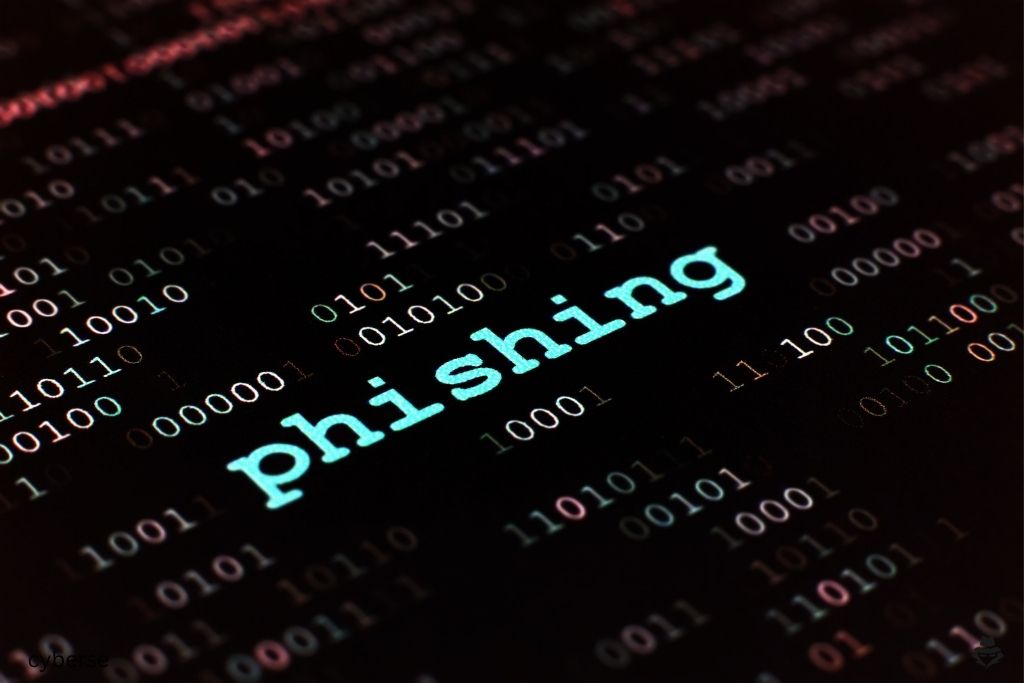In the ever shifting landscape of cyber threats, a new vector of attack has emerged with unprecedented sophistication: phishing campaigns powered by artificial intelligence. Once characterized by obvious grammatical errors and generic salutations, phishing has evolved into a formidable, technically proficient threat that leverages advanced machine learning and natural language processing to weaponize human psychology. This new breed of attack demands a deeper, more technical understanding from cybersecurity professionals and informed users alike.
The genesis of this evolution lies in the accessibility of powerful large language models and generative adversarial networks. These tools allow threat actors to automate and scale the creation of highly personalized and contextually aware malicious communications at a speed and volume previously unattainable. While some research suggests that the majority of phishing attacks remain human crafted, the use of these tools to enhance traditional attacks is undeniably on the rise (Sasa Software, 2025). The barrier to entry for launching a sophisticated social engineering campaign has effectively collapsed, democratizing cybercrime.
The Technical Architecture of an AI-Powered Phish
The effectiveness of an AI driven phishing campaign is predicated on a multi phased technical process that can be broken down into four key pillars: sophisticated data analysis, advanced personalization, natural language generation, and multi channel orchestration.
- Sophisticated Data Analysis: Attackers employ automated scraping tools to harvest vast quantities of publicly available data from social media platforms, professional networks, and corporate websites. Machine learning algorithms then process this data to construct detailed profiles of potential victims, identifying their interests, professional roles, communication patterns, and even personal relationships (Mailgun, 2025). This intelligence gathering phase provides the foundation for subsequent deception.
- Advanced Personalization: With a comprehensive data profile, the generative model can craft hyper personalized content. The content may reference recent purchases, professional projects, or specific events in the target’s life, creating a narrative that is remarkably convincing. This level of tailoring goes far beyond simply inserting a name into a template, often making the communication appear legitimate and relevant to the recipient, a key factor in increasing success rates compared to traditional mass phishing (Webroot Blog, 2025).
- Natural Language Generation: The core of the new phishing paradigm is the ability of language models to produce content with impeccable grammar, syntax, and a tone that mimics trusted sources. The stylistic errors that once served as reliable red flags are now virtually absent. These models can even be fine tuned on a corpus of a specific organization’s or individual’s communications to perfectly replicate their writing style and tone, thereby establishing a high degree of credibility (Computronix, n.d.). This technical capability bypasses traditional email filtering systems that rely on keyword detection and grammatical anomalies.
- Multi Channel Orchestration: The most advanced campaigns extend beyond email to orchestrate a seamless deception across multiple channels. This can include using voice synthesis to clone a senior executive’s voice for a follow up phone call, generating deepfake videos for convincing video conferences, and using automated chatbots to engage in real time chat responses. This cohesive, multi pronged approach makes detection extraordinarily difficult, as it blurs the lines between a single fraudulent message and a persistent, multi modal social engineering attack (Hoxhunt, 2025).
The Imperative for an AI Driven Defense
As malicious actors leverage the power of artificial intelligence, so too must our defenses. The traditional heuristic and signature based detection methods are proving insufficient against the dynamic, contextually aware nature of these new threats. The security industry is now engaged in an AI security arms race, where defensive systems must leverage machine learning to identify subtle, behavioral indicators of compromise.
Advanced security solutions are employing machine learning to analyze communication patterns, flag unusual user interactions, and detect anomalies in the style and content of messages. These systems learn what “normal” communication looks like for a user and an organization, and any deviation, however subtle, can be flagged as a potential threat (Perception Point, 2024). Reinforcement learning models are also being explored to allow systems to continuously learn and adapt to new phishing patterns in real time, reducing false positives and improving scalability (MDPI, n.d.).
Ultimately, the most effective defense is a symbiotic partnership between human intelligence and artificial intelligence. While technical solutions provide the necessary layer of protection, robust security awareness programs must evolve to focus on recognizing sophisticated social engineering tactics rather than just technical indicators. The human element remains the final line of defense against an attack that is meticulously crafted to exploit trust and cognitive biases.
References
- Computronix. (n.d.). The Growing Dangers of AI in Phishing Attacks: How Cybercriminals Are Leveraging Automation. Retrieved June 25, 2025, from https://computronixusa.com/ai-phishing-attacks-cybercriminals-leveraging-automation/
- Hoxhunt. (2025). AI Phishing Attacks: How Big is the Threat? (+Infographic). Retrieved June 25, 2025, from https://hoxhunt.com/blog/ai-phishing-attacks
- Mailgun. (2025). The golden age of scammers: AI-powered phishing. Retrieved June 25, 2025, from https://www.mailgun.com/blog/email/ai-phishing/
- MDPI. (n.d.). AI-Driven Phishing Detection: Enhancing Cybersecurity with Reinforcement Learning. Retrieved June 25, 2025, from https://www.mdpi.com/2624-800X/5/2/26
- Perception Point. (2024). Detecting and Preventing AI-Based Phishing Attacks: 2024 Guide. Retrieved June 25, 2025, from https://perception-point.io/guides/ai-security/detecting-and-preventing-ai-based-phishing-attacks-2024-guide/
- Sasa Software. (2025). AI Phishing in 2025: Emerging Threats & Defense Strategies. Retrieved June 25, 2025, from https://www.sasa-software.com/blog/ai-phishing-attacks-defense-strategies/
- Webroot Blog. (2025). AI-enabled phishing attacks on consumers: How to detect and protect. Retrieved June 25, 2025, from https://www.webroot.com/blog/2025/05/05/ai-enabled-phishing-attacks-on-consumers-how-to-detect-and-protect/


